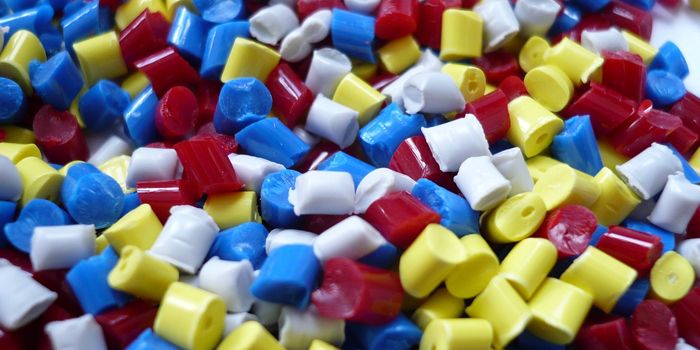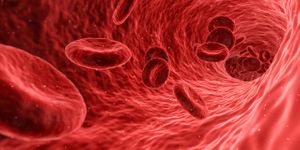Viscoelasticity and Non-Newtonian Fluids
One of these is not like the others: honey, water, ketchup, and blood. The answer? Water, because the other three are all non-Newtonian fluid.
When Isaac Newton first defined the properties of an “ideal liquid,” he thought of water as the unequivocally best example: its viscosity, namely resistance to flow, is dependent on its temperature and pressure. For those don't fit into this criteria, scientists call them non-Newtonian fluids, whose viscosity changes when a shearing force is applied to them, behaving like a liquid-solid hybrid. Common household items like custard, toothpaste, starch suspensions, and shampoo are non-Newtonian fluids.
Certain non-Newtonian fluids have an extra property besides viscosity. They become elastic when they are stretched or compressed. The dual characteristic is named viscoelasticity. Take slime for example, the cross-linked polymeric mixture made out of polyvinyl alcohol and borate exhibit bizarre rubber-like behavior. If you insert a rod into slim and spin, you can see it slowly climb up the rod, as demonstrated in the Physics Girl's video above.
The gravity-defying trick is called the Weissenberg effect. Instead of being pushed aside by the centrifugal force, the viscoelastic liquid is drawn towards the spinning center. Since the space at the surface is already occupied, the force known as circumferential stress pushes slime up around the rod.
Source: Physics Girl via Youtube








